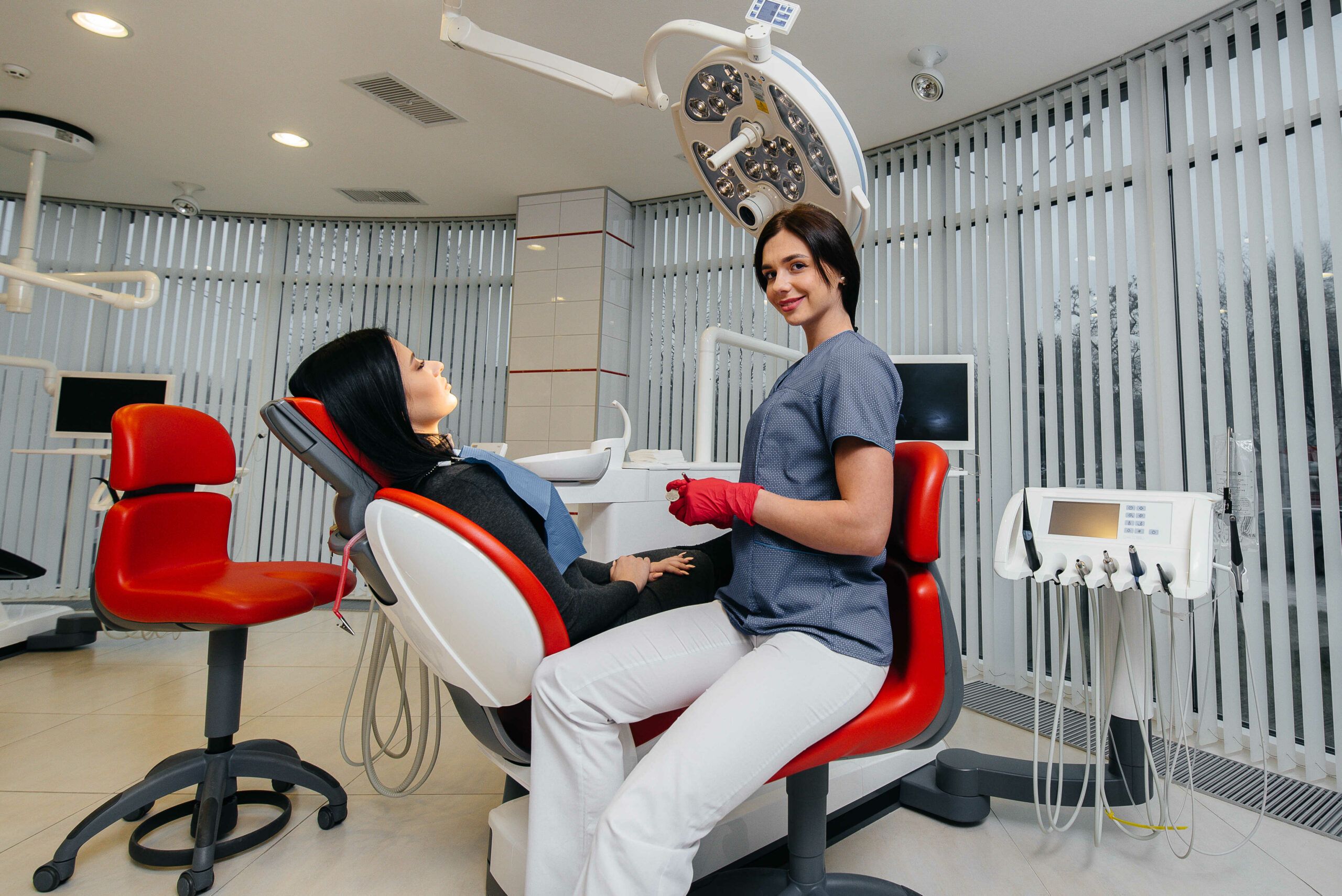What to Do in a Dental Emergency Situation: Your Guide to Quick Help
Dental emergencies can occur all of a sudden, usually leaving individuals uncertain concerning the proper steps to take. Understanding the nature of the emergency situation is essential, as the first response can significantly affect the outcome and general oral health and wellness. From serious toothaches to avulsed teeth, knowing just how to act swiftly and effectively is important. Numerous may forget essential first help techniques that can mitigate pain and maintain oral honesty. What are these crucial steps, and how can they be implemented momentarily of crisis? Exploring these questions can equip you with the expertise required for efficient intervention.
Determine the Emergency Type
Identifying the sort of oral emergency is crucial for identifying the appropriate course of action. Dental emergencies can differ significantly in severity and type, varying from small concerns to critical circumstances that require immediate intervention. Typical sorts of dental emergency situations consist of extreme toothaches, broken or knocked-out teeth, injuries, and abscesses to the periodontals or soft tissues.
A severe toothache commonly suggests a hidden concern such as decay or infection, needing punctual focus to ease pain and protect against more issues. Fractured or knocked-out teeth require instant treatment to maximize the possibilities of saving the tooth.
Recognizing these categories allows individuals to prioritize their responses successfully. Evaluating the scenario accurately not just help in seeking timely specialist aid but also reduces the danger of long-term damage. Generally, identifying the certain kind of dental emergency situation is the initial necessary step in ensuring the very best possible outcome for oral health.
Immediate First Aid Steps

For a busted or damaged tooth, rinse the mouth with cozy water to clean the area. Use a cool compress to lower swelling and ease pain. If there are sharp sides, cover them with dental wax or sugarless periodontal to protect against injury to soft cells.
In the event of a tooth pain, rinse with warm seawater to minimize discomfort and eliminate particles (emergency dentist edmonton). Non-prescription discomfort alleviation can be employed while waiting for professional treatment
If soft cells injuries happen, such as cuts or lacerations, use pressure to manage bleeding with a tidy fabric. Keep a tranquil attitude to minimize anxiousness, as this can even more aid the general action to the dental emergency situation.
When to Visit the Dental Expert
Recognizing the indicators that require a browse through to the dental professional is vital for preserving dental health and avoiding more complications. It might indicate an underlying issue such as decay or infection that requires expert examination if you experience severe tooth pain. In addition, swelling in the gums or face, particularly if gone along with by fever, should trigger instant oral attention, as these symptoms might signify an abscess.
Various other indications consist of chipped, fractured, or knocked-out teeth. When a tooth is damaged, timely therapy can help maintain its integrity and function. Persistent halitosis or an uncommon preference in the mouth, regardless of excellent health methods, may likewise suggest an underlying dental trouble that demands expert intervention.
If you have oral work that becomes dislodged or loose, such as fillings or crowns, checking out the dental practitioner is vital to avoid more issues. Regular examinations are also vital, as they can assist determine potential problems before they intensify into click for more info emergency situations.
Home Remedies for Pain Alleviation
When dental discomfort strikes, finding efficient natural remedy can offer much-needed alleviation while you await professional treatment. A number of treatments can temporarily alleviate discomfort and address underlying issues until you can see a dental practitioner.
One common technique is washing your mouth with warm salt water. This service helps in reducing inflammation and cleans the affected area, supplying soothing relief. Furthermore, applying a cold compress to the beyond the cheek can help numb pain and reduce swelling.
Clove oil is another popular solution as a result of its all-natural analgesic properties. Using a percentage to a cotton sphere and putting it on the uncomfortable area can supply targeted alleviation. Over the counter pain relievers like ibuprofen or acetaminophen can be effective in handling pain.
For those managing toothaches, garlic possesses anti-bacterial residential or commercial properties and can be squashed and related to the impacted tooth for alleviation. Lastly, staying clear of chilly or incredibly hot foods can prevent aggravating the pain.
While these natural home remedy may give temporary break, it is essential to look for specialist dental care to deal with the underlying source of the pain properly.
Preventing Future Emergencies
A positive strategy to dental health and wellness can considerably minimize the chance of future emergencies. Routine dental exams, preferably every six months, enable early discovery of possible issues such as tooth cavities or gum illness (emergency dentist edmonton). Dental experts can offer specialist cleanings that remove plaque and tartar buildup, necessary for maintaining oral wellness
In addition, keeping a constant oral health regimen at home is vital. Cleaning two times daily with fluoride tooth important source paste and flossing can aid avoid cavities and periodontal issues. Using an antibacterial mouth wash can even more improve dental cleanliness, decreasing microorganisms that add to dental emergency situations.
Diet plan additionally plays a vital duty in dental health. Restricting sugary treats and drinks reduces the threat of tooth decay. Integrating calcium-rich foods and preserving adequate hydration sustains general oral stability.

Conclusion
In recap, timely action during an oral emergency is crucial for decreasing damages and minimizing discomfort. Identifying the kind of emergency situation, applying immediate initial aid steps, and understanding when to look for specialist oral care can substantially influence results.
Typical kinds see post of dental emergency situations include severe toothaches, knocked-out or fractured injuries, teeth, and abscesses to the gums or soft tissues.
Generally, recognizing the particular type of oral emergency is the initial necessary step in ensuring the best feasible end result for dental health and wellness.
As soon as the kind of dental emergency situation has been identified, quick and reliable first aid actions can considerably influence the end result.In recap, prompt action throughout a dental emergency situation is vital for decreasing damages and relieving pain. Identifying the kind of emergency, implementing instant initial aid actions, and understanding when to look for expert dental treatment can considerably affect results.